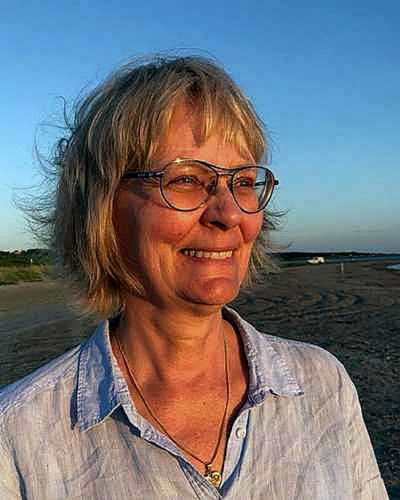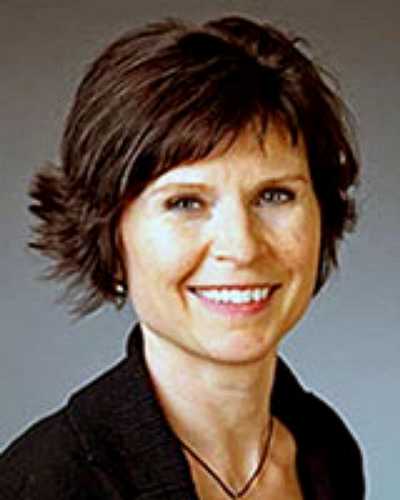Now published, see the full article 
Early Abstract:
Introduction: Telemedicine provides opportunities for access to healthcare in remote and underserved areas. In parts of northern rural Sweden telemedicine is used to connect a remote physician by a video-conference system to an emergency room, staffed by nurses during on-call hours. This can be called ‘tele-emergency’. Patient participation, often described as mutual information exchange, a trustful relationship, and involvement in decision-making, is challenged in emergency care by short encounters, deteriorating patients, and a stressful work situation. Nevertheless, patient participation may be important for the patients’ experience. Healthcare professionals (HCPs) have been identified as ‘gate-keepers’ for patient participation, therefore putting their perspective in focus is important. As emergency care in rural areas is increasingly turning towards telemedicine, patient participation in tele-emergencies needs to be better understood.
Aim: The aim of this study was to explore and characterize HCPs’ perspective of patient participation in tele-emergencies in northern rural Sweden.
Methods: A qualitative design based on interviews was used. HCPs working in cottage hospitals in northern rural Sweden were included. Semi-structured interviews were performed, first, in multi-disciplinary groups of three informants. Later, because of limited experience of tele-emergencies in the groups, individual interviews with HCPs with substantial experience were added. A qualitative content analysis of the interview transcripts was conducted.
Results: A total of 44 HCPs from northern inland Sweden participated in the interviews. The content analysis resulted in two themes, six categories, and 18 sub-categories. Theme 1: ‘To see, understand, and to build trust through the digital barrier’ contains descriptions of the interpersonal relationship between the patient and the HCPs, and the challenges when interacting with the patient during a tele-emergency. The informants also described a need for boundaries between the professional team and the patient. The categories in Theme 1 are: ‘Understanding the patient’s point of view’, ‘Building a trustful relationship’, and ‘Needing a private space without the patient’. Theme 2: ‘The (im)balance of power – tele-emergency reinforces the positions’ mirrors the power asymmetry in the patient-professional relationship, and the potential impact that the tele-emergency had on the different roles. Tele-emergencies were described as a risk that potentially could weaken the patient’s position, but also as providing an opportunity to share power. Categories in Theme 2 are: ‘Medical conditions limit patient participation’, ‘Patient involvement in decision-making requires understanding’, and ‘The inferior patient and the superior professionals.
Conclusion: This study sheds light on patient participation in tele-emergencies in a remote rural setting from the HCP’s perspective. The tele-emergency set-up affected patient participation by interfering with familiar patient-HCP relationships and changing group dynamics in interactions with the patient. Due to the extensive changes of the conditions for patient participation imposed in tele-emergencies, suggestions for actions improving patient participation are made.




